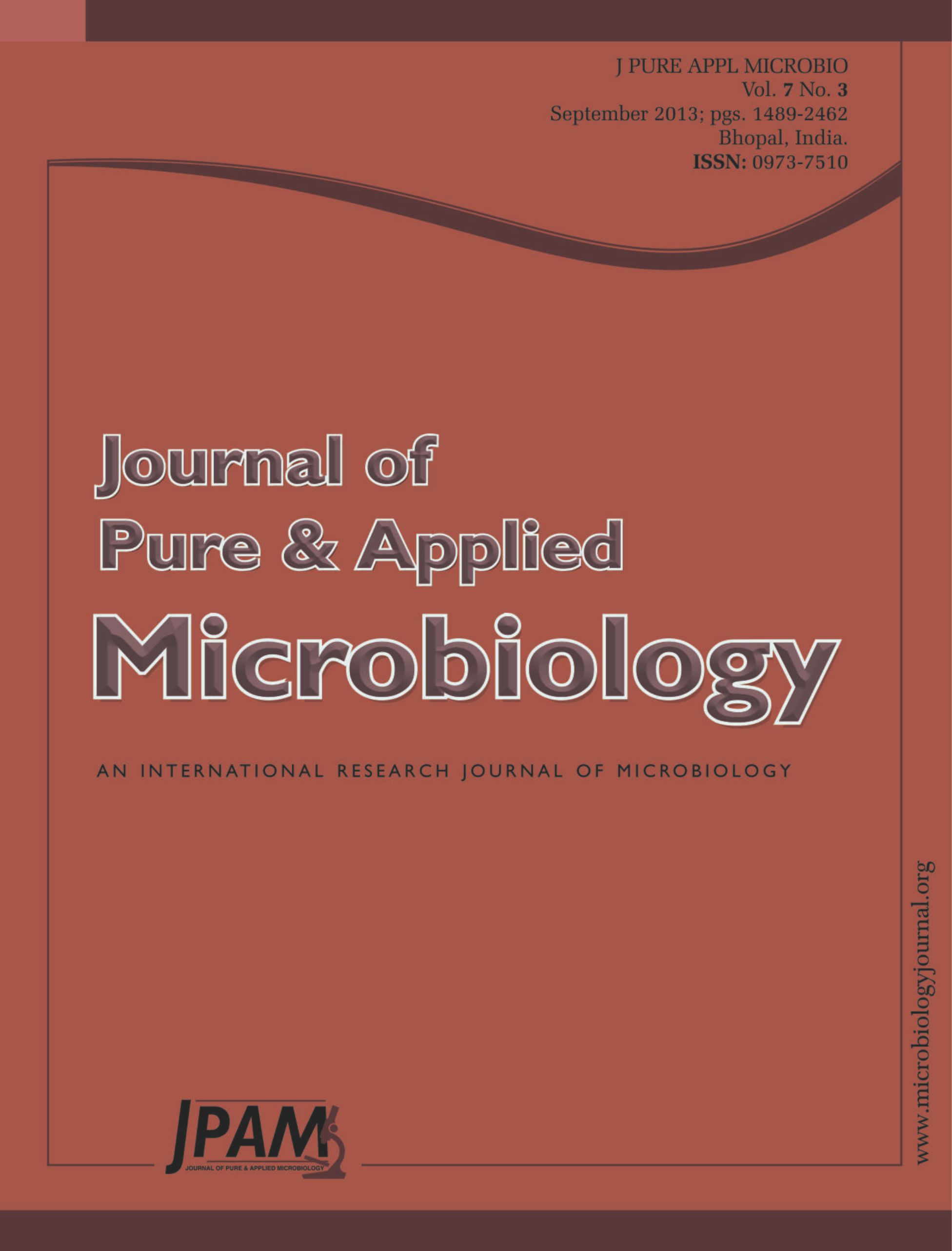Antifungal activity of methanolic garlic extract (Allium sativum) was investigated to find a natural alternative to synthetic fungicides currently used in the control of tomato phytopathogenic fungi (Fusarium oxysporum, Pythium aphanidermatum and Rhizoctonia solani) the causative agents of damping-off diseases. A. sativum extract was strongly active and showed fungicidal and fungistatic activities against P. aphnidermatum and R. solani with MIC of 4 mg/ml and MFC of 8 mg/ml while F. oxysporum was less sensitive and its MFC reached to 16 mg/ml. Carbendazim fungicide was more effective than methanolic garlic extract inhibiting mycelial growth of all phytopathogenic fungi at 8 ppm and a huge concentration reached to 8 mg/ml was required to attain the same effect. Chemical analysis of A. sativum extract by GC/MS revealed that garlic extract was mainly composed of organosulfur compounds especially diallyl disulfide (allicin), diallyl trisulfide and ajoene which inhibit different microbial enzymes essential for fungal growth. The present study has demonstrated that methanolic garlic extract was found to be effective in controlling tomato damping-off diseases and may be an attractive natural alternative to chemical fungicides used to control tomato damping-off diseases.
Alllium sativum, antifungal activity, Carbendazim, GC-MS analysis
© The Author(s) 2014. Open Access. This article is distributed under the terms of the Creative Commons Attribution 4.0 International License which permits unrestricted use, sharing, distribution, and reproduction in any medium, provided you give appropriate credit to the original author(s) and the source, provide a link to the Creative Commons license, and indicate if changes were made.


